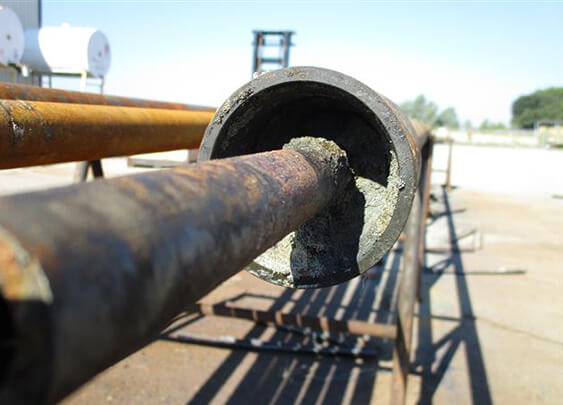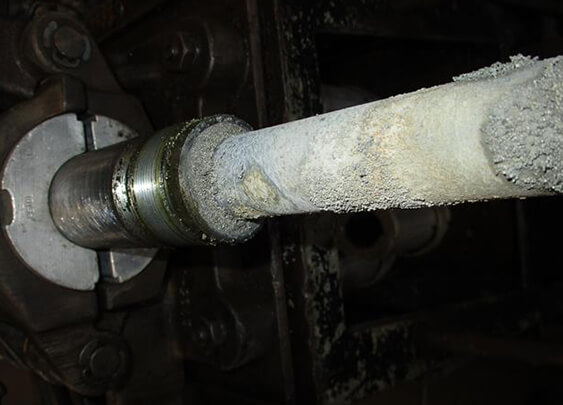
Optimal BHA Design with 3D Screen and Pump Intake Technology dramatically reduces sand-production and gas-interference issues. BHA installed without wellbore cleanout run.


Sand production is a common and costly problem in the Permian Basin. Sand and other produced solids can lower well productivity and damage pumps and production equipment, greatly reducing equipment performance and longevity while increasing maintenance costs. When gas production compounds the problem, operators must contend with decreased pump efficiency, reduced mean time between failure (MTBF), and lower production rates.
Customer Challenge:
An operator in Eddy County, New Mexico began experiencing severe sanding problems shortly after installing a new pump. The mud joints completely filled and sand began producing through the pump, even with a desander included in the bottom hole assembly (BHA). The pump packed off after 18 days of run time. The operator found that the pump was stuck in the tubing, with sand filling the mud anchor joints completely and the two joints above the pump. The operator requested installation of the new BHA without a wellbore cleanout run, to avoid incurring additional downtime. Image 1 and Image 2 depict the damage to the pump.
Don-Nan Solution:
Don-Nan’s Solutions Team analyzed performance records in our PumpTrakTM and consulted with the operator. To reduce sand production, mitigate gas effects on the pump, extend MTBF, and improve production, the Solutions Team recommended the following:
Refer to Figure 1 for the BHA Schematic with 3D Screen Technology. The patented stainless steel-wool screen creates a unique 3D filtration system to keep a wide range of particle sizes from entering the pump. Using highly permeable compressed stainless-steel wool wrapped around a perforated base pipe and protected by a perforated shroud, the screen’s non-uniform, angular pores are hard to plug, delivering an open flow area of 40 percent. The pore size diversity ranges from 15 to 600pm. The collection of larger particles around the screen creates an enhanced permeability zone with a higher flow capacity to yield greater productivity. The screens are robust and corrosion-resistant, providing structural strength and stability during deployment and production. A pressure-activated cone valve inserted below the screens was installed to extend the life of pumps and equipment. As sand bridges the annular space between the casing wall and screen, it chokes fluid flow through the tubing, increasing differential pressure between the tubing and annulus. When this pressure reaches a pre-set limit, the cone valve opens to allow flow to continue through the pump. With fluid once again flowing, the resulting changes in pressure and flow force the buildup of solids to fall away from the screen. This reestablishes flow through the screens, dropping differential pressure, and closing the cone valve. This cyclic process repeats as needed, with no intervention required.
The desander was installed as a contingency measure to protect the pump when the cone valve is activated. When the valve opens, the desander prevents solids in the fluid from reaching the pump. It provides the added benefit of acting as a barrier to keep gas away from the cone valve when it is in closed position.

Figure 1: BHA Schematic with 3D Screen Technology
CUSTOMER SUCCESS:
With the optimal BHA design with 3D screen technology installed, the operator reported no gas-interference problems or sand-production issues while producing 213 BFPD and 700Mcf/d gas. The pump continues to perform consistently with no service interruptions and has yet to be pulled after more than 160 days of continuous production*, compared to previous 18 days pump run time.
* as of 2/5/2022